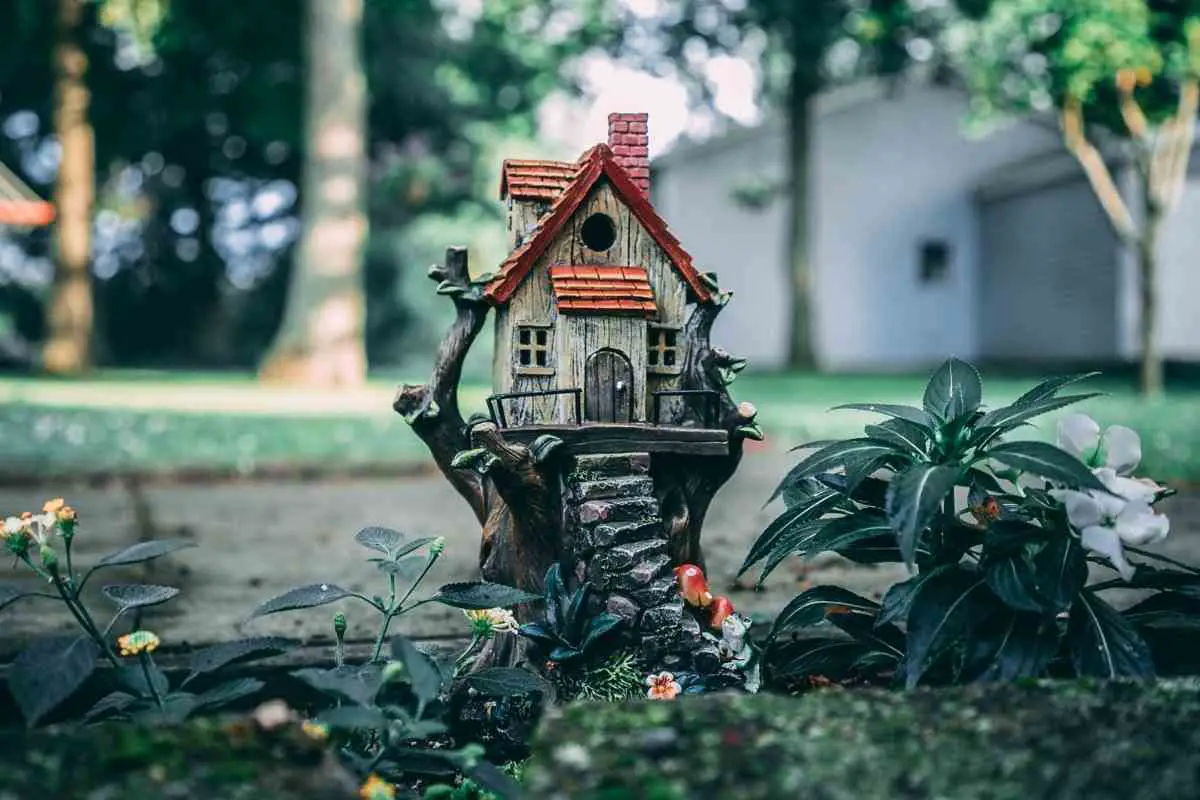In the past few years, fairy gardens have grown in popularity and become a strong trend.
These tiny little dioramas are a fantastic way to spend some time when you are feeling overwhelmed by life or maybe just need to make some space for more lighthearted feelings.
Fairy gardens can be enjoyed by children and adults alike.
If you are looking to build a fairy garden of your own, then this guide will provide you with the information you require.
What Is a Fairy Garden?
Fairy gardens are miniature outdoor spaces designed to resemble a scene from a fantasy world.
A fairy garden features lush green lawns, sparkling pools, and miniature fairy homes in every size and shape that make up this magical universe.
The plants are usually small and offer wide varieties like succulents, mosses, lichens, and flowers with various shapes and textures.
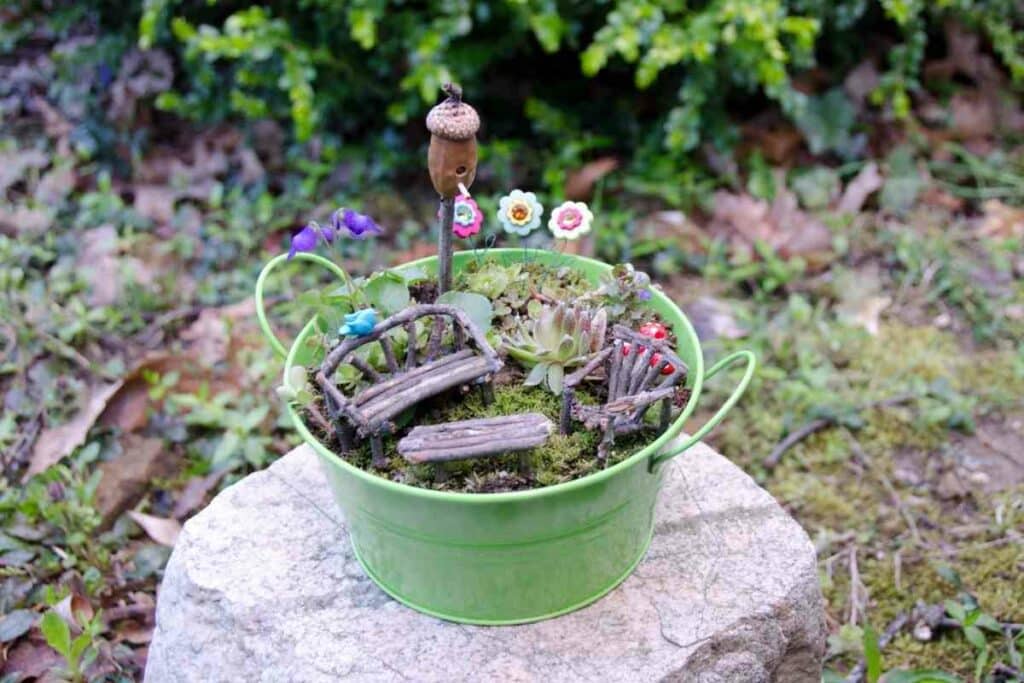
It is not just the settings and its architecture that enchant, but more importantly, the little fairies that make it beautiful.
People build fairy gardens because they create an atmosphere that feels somewhat enchanted.
These gardens are made to bring the fanciful, whimsical world of fairies into the everyday life of adults.
Also, they are a means to enhance your moods and bring a ray of sunshine into your life, where you can find peace and beauty in the midst of your busy schedules.
They are a way to escape from our busy lives for just a little while and be a kid again. They are also inexpensive projects that can keep you entertained for hours.
The idea of fairy gardens is based on the English tradition of creating miniature gardens in one’s home or outbuilding to attract fairies which will then protect it.
Fairies like to be near places where there is peace, love, and happiness.
Have You Heard? No one knows precisely where the idea of building a fairy garden came from. Still, some people think they saw them while they were dreaming or watching dreams and others think they saw them in visions- it is not exactly known.
How To Make a Fairy Garden?
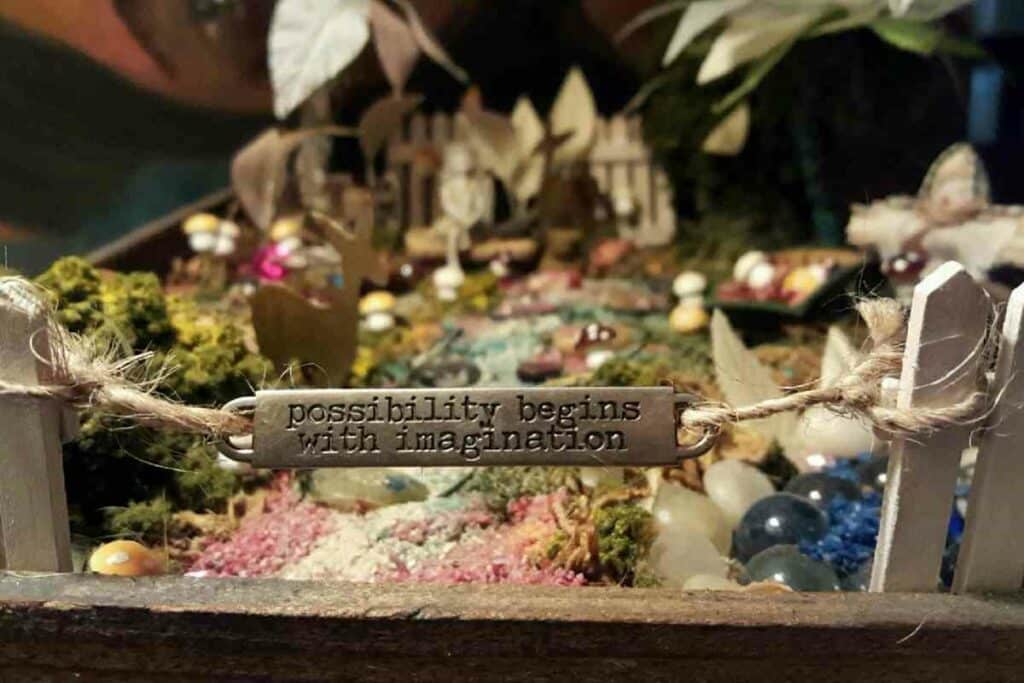
Making An Indoor Fairy Garden
To make an indoor garden, you would require:
- a large planter
- potting soil
- small plants and succulents
- rocks and pebbles of various sizes
- moss and twigs
- tiny objects made up of ornaments and decorations.
Here is the process:
- First, fill the planter with the potting soil to an adequate amount.
- Then set up the biggest object in the center of the bowl.
- Now put the smaller plants around the bigger ones. At this point, start landscaping with the rocks and pebbles, so the garden looks more realistic.
- Next, cover the dirt with moss and create little bushes with the twigs.
- Lastly, accessorize your little fairy garden with whatever ornaments and decorations you may have.
Making An Outdoor Fairy Garden
The first step is to create your desired landscape; this should be done before planting any plants.
After you have determined the shape and size, you will want to dig out the area that is to become your garden.
Traditionally, fairy gardens are small in comparison to regular gardens, so a one-foot by one-foot square will suffice for most projects.
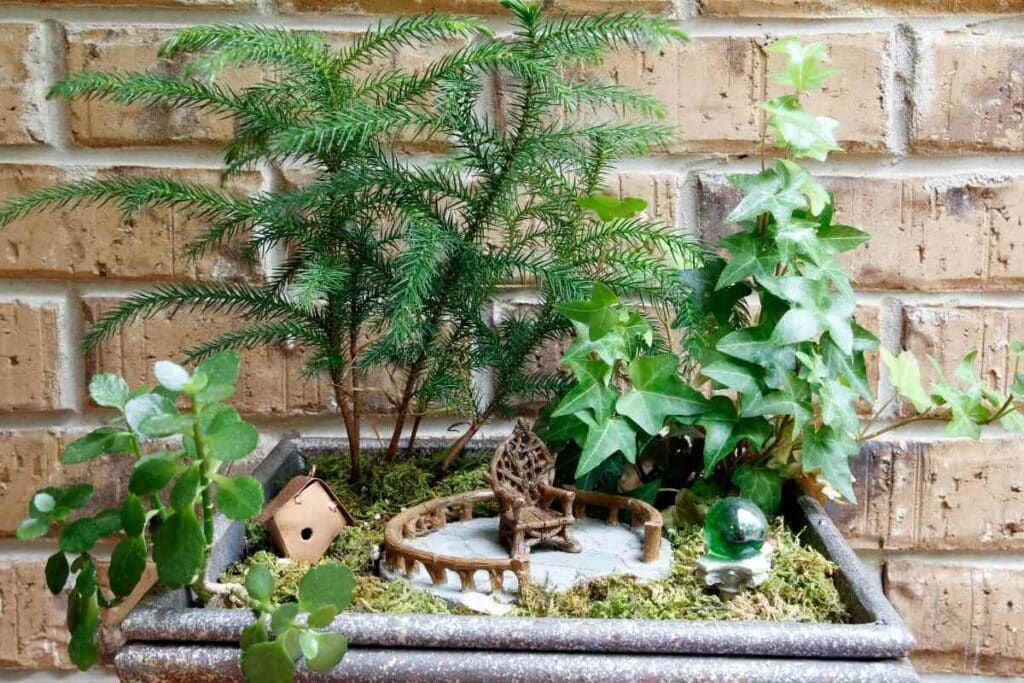
You may want to make it bigger if you plan to make several layers of paths or if you would like something with many ground cover plants.
Make sure your ground is level and that there are no rocks or large stones where you plan to set up the garden.
The next step is to decide how many plants and trees you will need to create the desired look.
Keep In Mind – The idea behind fairy gardens is that they are supposed to look like nature, so you would want to include a variety of plant types.
Once you have decided on the number of plants and trees, you will want to start gathering all the supplies that you will need, such as:
- soil
- potting soil or compost
- miniature furniture
- a greenhouse
- potted plants
- decorative stones
Different supplies may be needed depending on what type of fairy garden you choose and what type of plants you select.
For instance, if your fairy garden is intended for flowers instead of lawns and trees, you may not need to use real rocks for pathways.
However, some people prefer fairy gardens that look more realistic than imaginary ones.
Like with the indoor fairy garden, start with the largest pieces first.
This could be your miniature garden house or any other larger items that you may wish to place in the garden.
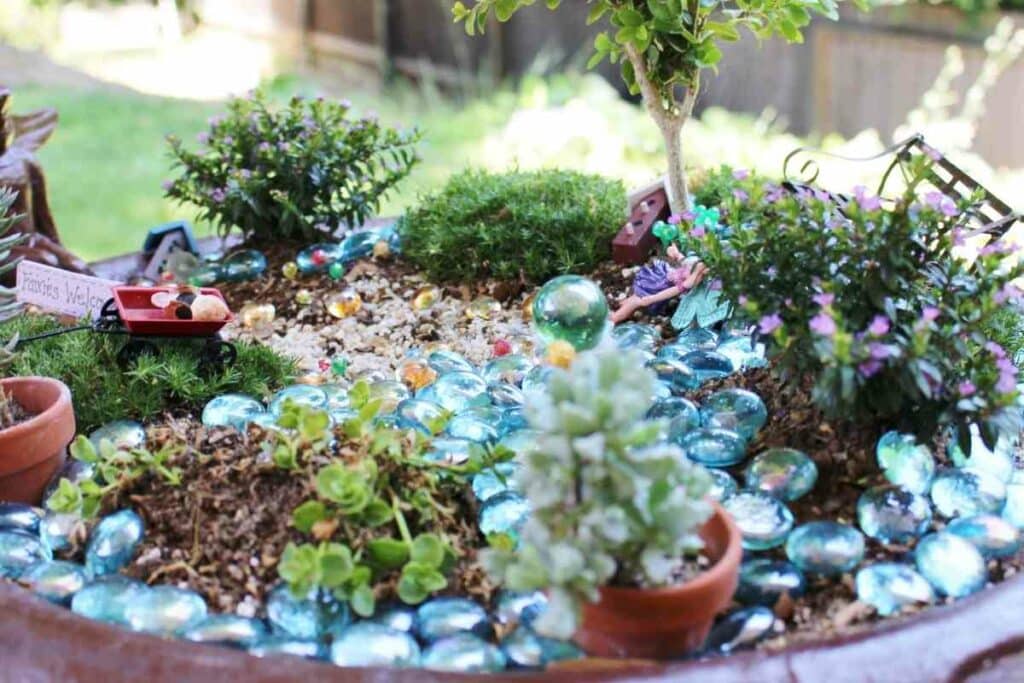
Then follow with small and medium-sized pieces such as fences and furniture.
These smaller items can be placed on top of larger rocks for a floating effect.
Finally, fill in with the smallest grasses, flowers, mosses, and lichen.
Lastly, you will water your new fairy garden.
The recommended amount is to water twice a day for a minimum of 10 minutes each time.
Heads Up! – Do not leave the water in the garden after watering. This can lead to overwatering and cause the garden to become moldy.
Buying A Kit for A Fairy Garden
Generally, building a fairy garden is more expensive than setting up a standard garden.
Therefore, you should ensure that the kit you buy offers value for your money.
There are a lot of different fairy garden kits available online, but the most common type you will find is an all-in-one kit that includes just about everything you need to get started.
This kit costs around $12 and includes more than a hundred items.
A standard fairy garden kit contains a base, soil, a plastic tree or two, flowers, and other accessories like fairies and mini animals.
Some also include tiny little houses or boxes for fairies to live in. The problem with these kits is that they can be really expensive, and the quality sometimes leaves a lot to be desired.
So, you have to be really vigilant when buying one.
Kits that come with small rocks and stones cost less, and you end up with a more natural layout.
Also, when buying your fairy garden kit, you should look out for things like fairies and items like tiki torches and tiny birds that might be able to be bought at your local arts and craft store.
These items are much more affordable and would look much nicer in your fairy garden.
Here is a little hint – if you are buying a kit online and do not see any tiki torches or tiny birds, make sure to check the item description carefully. Some kits do not include these items, but you can easily add them to the kit for a very small amount of money.
Also, note that there are kits for different levels of fairy gardening: beginner kits, intermediate kits, and advanced kits.
So, ensure that you buy kits that suit your level.
How Much Does It Cost to Set Up a Fairy Garden?
A lot of fairy gardens are free, but some may require you to pay to build, maintain, or decorate your fairy garden.
A typical medium-sized fairy garden will cost about $400 to $800. The average cost for a medium-size suitable for a four-season wonderland is around $5 per square foot.
Just remember that this is a general estimate and that the price may vary depending on size, area of land needed, and time frame in which you want it done.
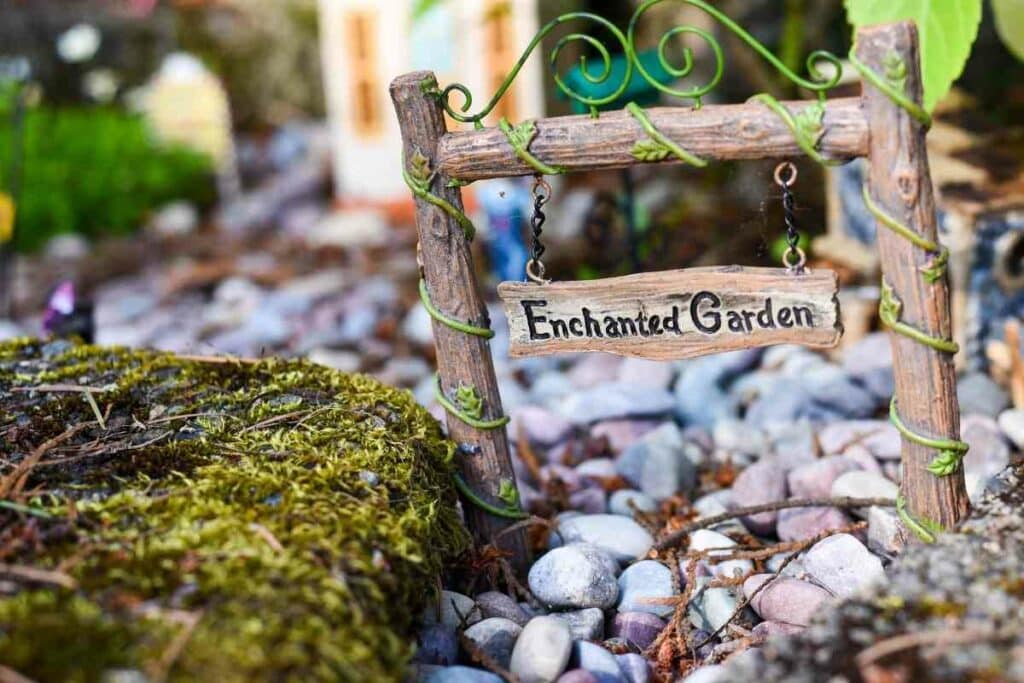
The type of materials used is another factor in determining how much it will cost you to build a fairy garden.
The most common materials used are river rock, concrete, and moss, but you may opt for a pricier material such as granite, stones, or ceramics.
You will also have to factor in labor costs if the contractor requires some pay.
This can be one of the major factors that increase your overall final costs unless you hire a contractor who is willing to volunteer their time.
Another major factor to consider is the time frame in which you want it done.
Depending on your preference, you may opt for something more elaborate and detailed. This will take more time and effort, inevitably costing you more money.
Here are some of the common expenses that you may be faced with when trying to build a fairy garden or wonderland.
Cost Of Materials
Also known as the hardscaping or the masonry work, this is an expensive part of building a fairy garden or wonderland.
The cost of materials will depend on the size of your garden and the type of material that you are using.
Cost Of Labor
You may opt to do everything by yourself, but if you don’t have landscaping experience, you may need help from professionals or volunteers.
Cost Of Maintenance
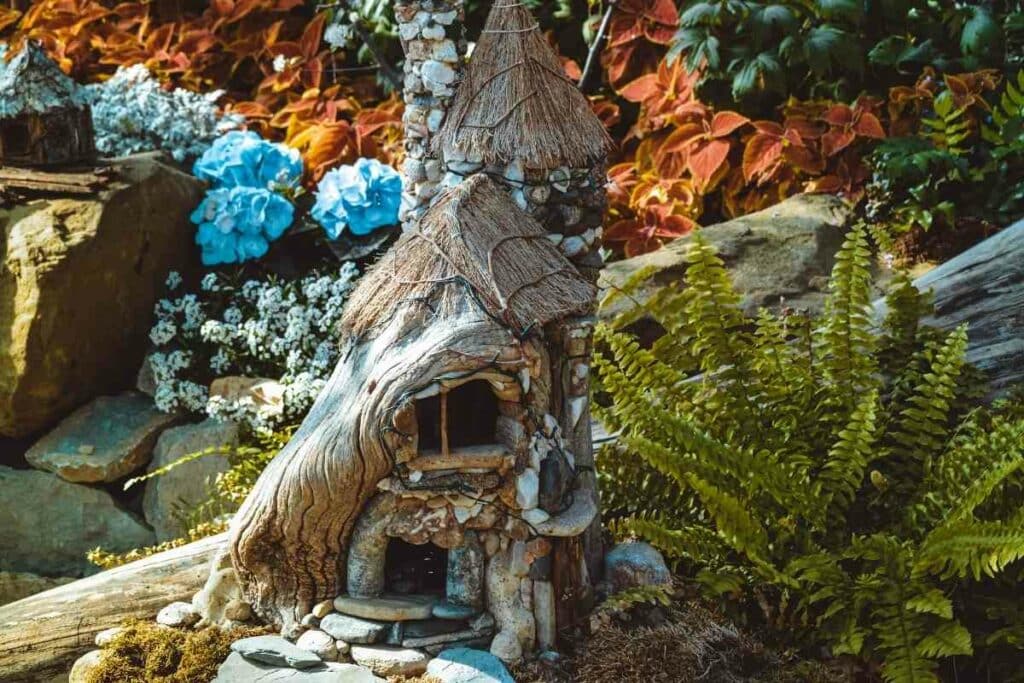
Some materials will require regular maintenance, such as:
- river stones
- cement
- and glass
You may also need to replace broken or damaged materials.
This will cost you money and effort in the long run.
Types Of Plants to Use in A Fairy Garden
The plants that you choose are often the most difficult part of keeping a garden.
They should reflect the theme of your fairy garden, and they need to look natural and not too manicured.
There are many different types of herbs and plants that can be used in a fairy garden, but here is a brief description of the most popular ones.
Lavender
This is a perennial herb that looks very beautiful in the garden, and it smells great too.
It has small blue flowers that bloom from early spring to late summer.
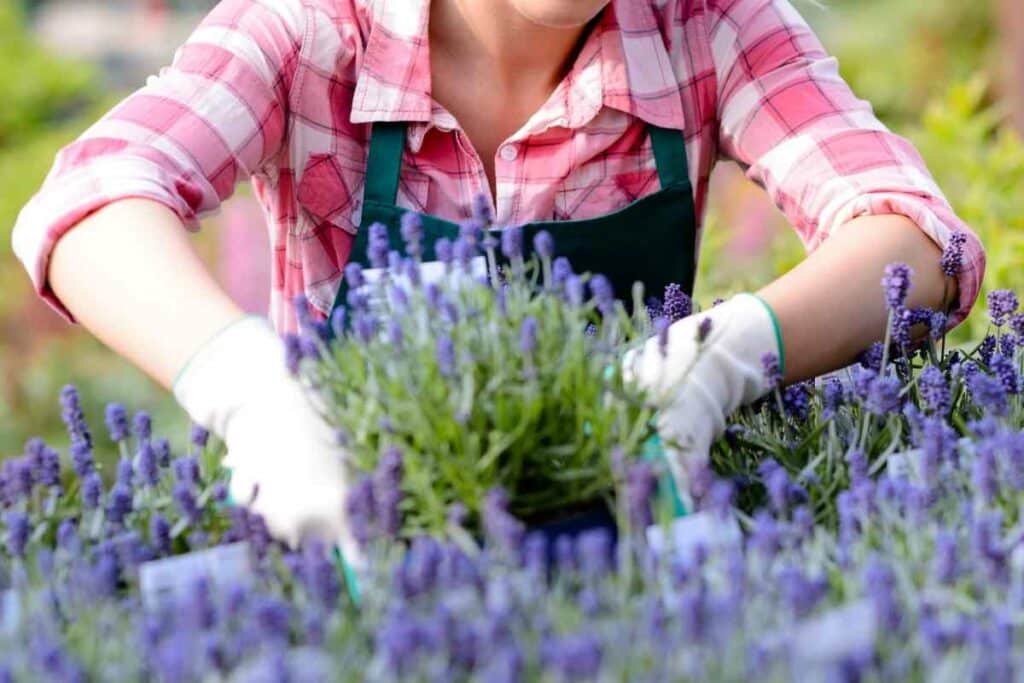
Lavender is used to repel insects, but it should be removed after flowering, as the fragrance will attract other insects.
Lavender can be planted in the garden or in pots in your house.
Pansies
This plant has been used for many years as a natural insecticide.
It is a perennial flower known to be easy to grow, and it also has beautiful flowers. However, pansies do not last long in pots.
Yarrow
The yarrow is a perennial plant that has been used for hundreds of years as a natural insecticide.
The flowers are known to repel insects, and they smell great too. Yarrow can be planted in pots or in the garden.
Marigolds
These flowers are used in many of the world’s hottest regions, including Africa, India, and South America.
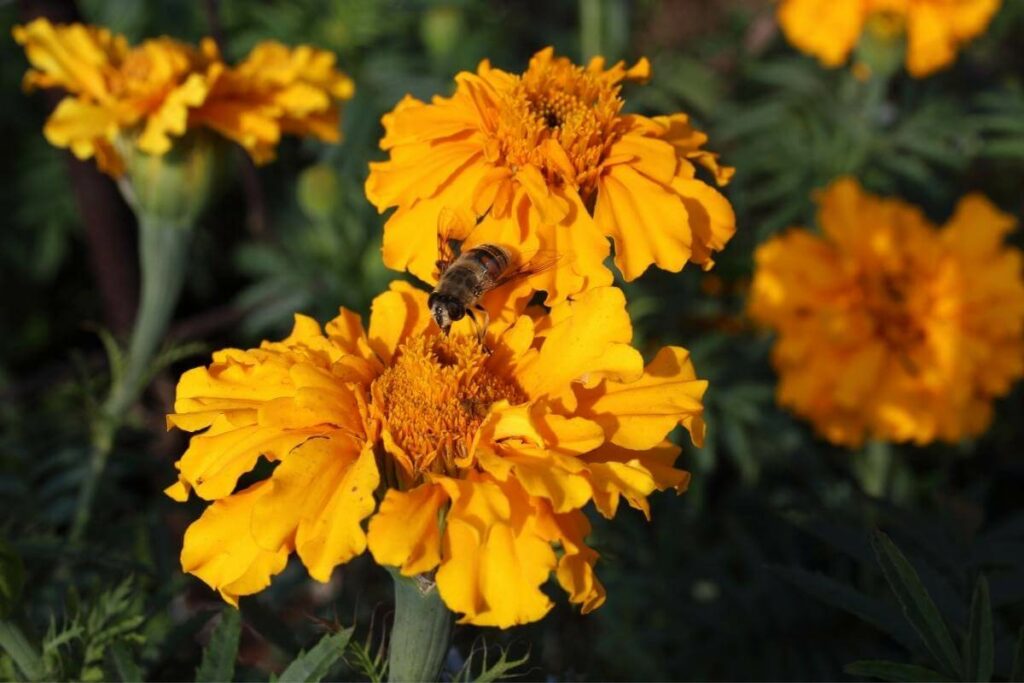
The flowers of marigolds can be used to repel insects, and they are easy to grow.
However, do not plant marigolds on the beds of peonies because it can cause an infection.
Lemon balm
This is a wide-leafed herb that blooms in late spring and throughout the summer.
Its name comes from its lemon-like smell, and it has also been known to help with headaches.
Lemon balm can be used as an ornamental plant or as a potherb in a fairy garden.
Maintaining A Fairy Garden
As a gardener, you want your fairy garden to be in top-tier condition and as pristine as it can be.
The maintenance of a fairy garden is quite different from that required of a standard garden.
There is no mistaking when a fairy garden has received the attention it needs, and yet many people wonder how to maintain one.
It is important to keep your fairy garden intact, which means knowing what to do when the time comes.
The following are ways you can keep your fairy garden in the best possible condition.
Weed The Garden as Often as Required
Weeds are invasive and can get in the way of your plants’ nourishment and healthy growth.
Therefore, you need to get rid of them as soon as you notice them growing in your fairy garden.
Fortunately, fairy gardens tend to be small, making it easier to spot when weeds are invading.
The best time to weed your fairy garden is before watering.
This way, the weeds will not absorb the moisture meant for your fairy plants, leaving them dehydrated.
Also, it is advisable to mulch your garden to discourage the growth of weeds.
Another way to reduce the growth of weeds in your beloved fairy garden is by laying gravel or stones in the bare parts of the garden.
Do Not Overwater Your Fairy Garden
When you do not intend on using your fairy garden immediately, it is best to keep it away from puddles and pooling water.
This will allow rainwater and other common household items to wash away the soil and make a mess, which should be avoided at all costs.
Instead, just give the soil a good watering before moving on to the next step.
Works Best – The most recommendable method of watering your fairy plants is using a can with a showering nozzle, as this reduces the likelihood of flooding the garden.
Feed The Plants Regularly
Each species of fairy plants requires a certain amount of nutrients.
Thus, you ought to ensure that you meet this need. Most people prefer succulents because they require the least amount of nutrients.
Even so, fairy gardens tend to feature bright and vibrant plants, which are more in tune with the fairy theme.
So, you have to feed each species as per its nutritional needs.
You want to use high-quality feeds on all your plants for the best results.
This ensures that all your plants are well-fed and in perfect health. You can choose to feed your plants every couple of weeks or every few months.
Keep The Garden Clean
A clean garden is a healthy, beautiful garden.
You want your fairy garden to look as lovely as possible. Thus, it is imperative to keep your fairy garden as clean as possible.
One way to do this is by getting rid of natural debris such as dead leaves which fall on your garden, especially during autumn and fall.
When these leaves pile up, the outcome is pretty unsightly.
Get Rid of Vines and Creepers
Vines and creepers will often creep into your garden, causing aesthetic discomfort.
Keep them in check and cut them timely before they can encapsulate your whole garden.
As you cut off vines and creepers, make a point of pruning your plants frequently to promote healthy growth.
It is important to use clean and sharp gardening shears and scissors for a clean job.
You should also do a frequent check on the ornaments and decorations in the garden to spot any dirt and grime that needs to be cleaned.
Use a soft brush, washing liquid, and warm water to scrub the crevices until they are satisfactorily clean.
Protect The Accessories from Weather Elements
Your garden accessories and decorations are susceptible to damage when exposed to extreme conditions like winter or summer.
The materials of the ornaments determine how they react to extreme cold, rain, or extreme heat.
For Instance – The resin can withstand extreme sun and rain, so you would not have to worry.
Other materials can get discolored or faded when exposed to too much sun or brittle when left in the cold.
Therefore, the best option is to bring them indoors, where the atmosphere is fairly neutral.
Frequently Asked Questions
How Can I Build a Fairy Garden?
There are many different ways to build your own fairy gardens.
Some people build a landscape plan in their heads with the intention of holding the fairy. Others draw their garden in with a two-dimensional pen and paper.
You can paint or draw your garden plan out on a piece of paper and hang it on the wall.
You can also build the garden in an artistic fashion using mosaics and cutting the plan into pieces of colored glass.
Or you can use specially made objects made to resemble fairies.
Can Children Play with A Fairy Garden?
You can let children use your fairy garden for all of their outdoor play activities.
Some people would forbid them from playing in the garden because it would be too dangerous with all the play equipment.
What Are Some Popular Fairy Garden Plans?
There are many different ways that you can plan your own fairy garden.
One of the most popular ways that people build their gardens is by making a landscape plan.
They can do this by creating a three-dimensional plan or drawing the garden in a two-dimensional way.
Or they can hold their fairy in their mind while they are building their garden.
Conclusion
Fairy gardens are a simple way to lift anybody’s mood.
Besides, they are also aesthetic and will instantly make your space look so much better.
This article provides a guide on everything you need to know before building your own fairy garden. We hope that it has been helpful.
